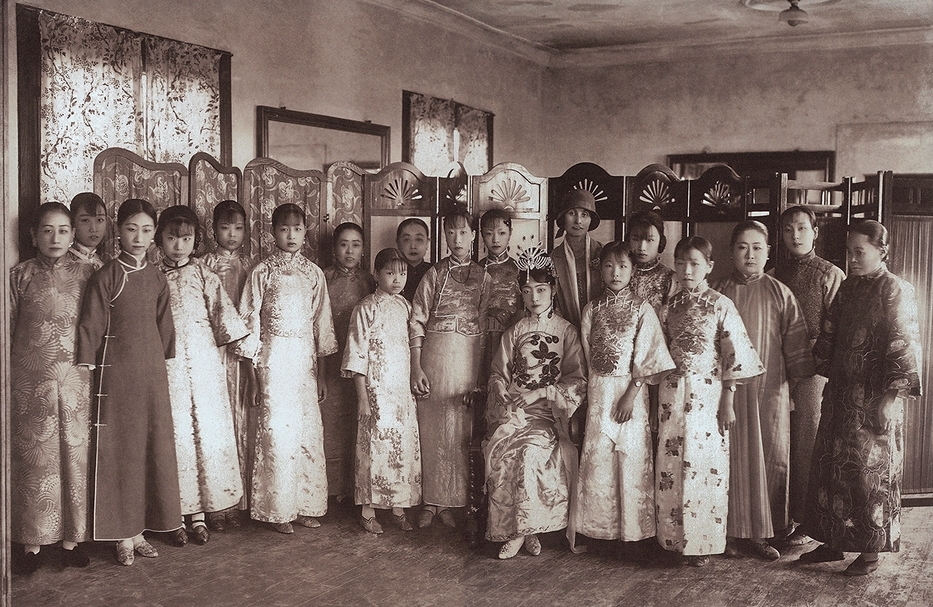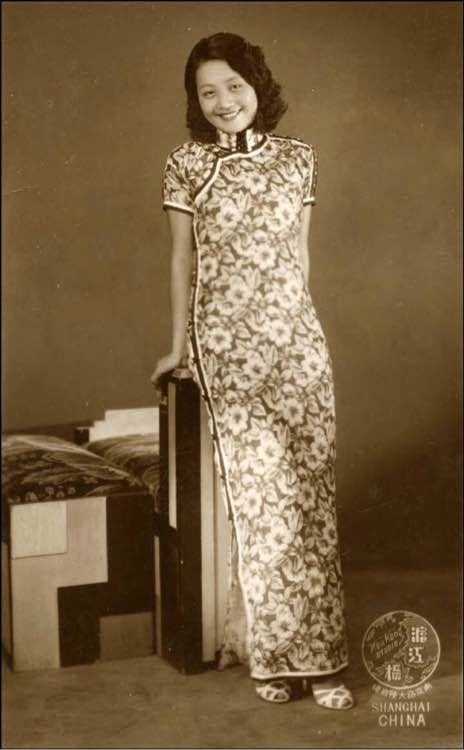
The female Pikachu in the model is wearing traditional female Chinese Clothing – Red Cheongsam, with a low, round collar, unique “Chinese knot” buckles, a sleeveless, slit on the one side, and a blooming flower pattern. All the details show the “traditional Chinese craftsmanship” and the distinctive tailoring (Liu, 2018). The use of red colour, Chinese knots and flowers—all symbolizing good fortune—are cherished elements in various designs.

Nowadays, the Cheongsam is an iconic representation of Chinese cultural identity. First created by the Manchu people to be used as a daily dress in the 17th-century Qing Dynasty (Huang et al., 2021), the loose outfit is defined by its stand-up collar, buttons on the right chest, long sleeves, and a wide bottom, often decorated with embroidery or lace on the collar, hem, or sleeves (Liu, 2009).

However, the 20th century saw the Cheongsam undergo a significant transformation, especially in the 1920s and 1930s in Shanghai, where it became more form-fitting and stylish (Liu, 2009). The western dress culture often focuses on emphasizing certain body features, such as women’s chest and hips. Affected by western fashion, the design of Cheongsam started to be tightened and shortened, which showed the beauty of the female body and showed feminine modernity and sophistication among Chinese women (Liu, 2018).
After the 1940s, amidst a surge of social and political movements, the Cheongsam transitioned into a simpler and more practical form (Liu, 2018). Between the 1980s and 1990s, several famous designers in the west also incorporated the distinct element from the cheongsam into modern dress design (Liu, 2018). This period marked a significant turning point for the Cheongsam as it transitioned from a traditional Chinese garment to a modern dress. The Cheongsam’s evolution is a testament to shifting aesthetic preferences and the fusion of eastern and western cultures. It reflects changes in societal norms, fashion trends, and the ongoing dialogue between different cultural identities.
Blue White Floral Cheongsam dress by Style3D CG on Sketchfab
Huang, Y., Liu, Y., & Yang, F. (2021, December 24). Exploring the Meaning of Shanghai Cheongsam from the Perspective of the Male Gaze. Www.atlantis-Press.com; Atlantis Press. https://doi.org/10.2991/assehr.k.211220.093
Liu, H. (2009). The Cheongsam—the Treasure of Chinese National Apparel. Asian Culture and History, 1(1). https://doi.org/10.5539/ach.v1n1p55
Liu, Z. (2018, July 1). The Cultural Meaning and Aesthetic Implication of Chinese Cheongsam. Www.atlantis-Press.com; Atlantis Press. https://doi.org/10.2991/icadce-18.2018.69
Cheongsam in 1930s. (2016). [Online image]. In Baidu.com. https://tieba.baidu.com/p/4464694665
Style3D CG. (2023). Blue White Floral Cheongsam dress [3D model]. In Sketchfab. https://sketchfab.com/3d-models/blue-white-floral-cheongsam-dress-01f1e45152cd490faabd7f5effdf178c
The Cheongsam in the Qing Dynasty. (n.d.). [Online image]. In Wikimedia Commons. https://tinyurl.com/36zwnynd